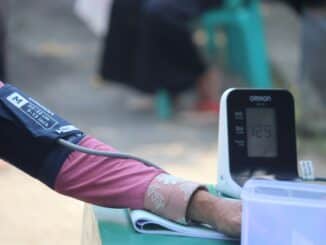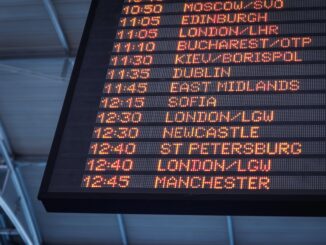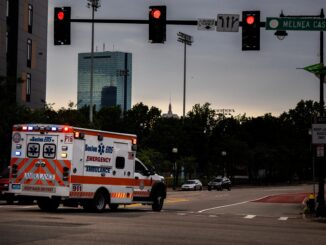
Can You Get Travel Insurance with High Blood Pressure?
Travel Insurance and High Blood Pressure Travel insurance for individuals with high blood pressure is available and can be obtained with a bit of research and careful planning. When applying for travel insurance, it’s important […]




